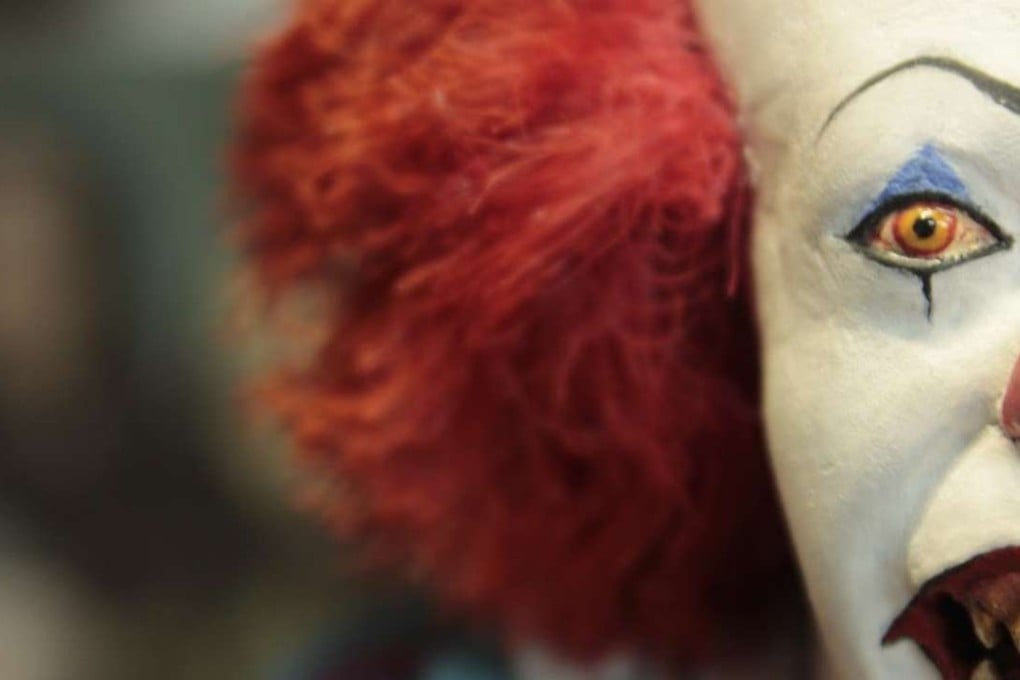Has it really been 30 years since It - Stephen King’s sum of all our fears?
Horror writer’s scariest tale, of teenagers haunted by a demon, is about so much more than a scary clown - as a new generation of cinema-goers are about to find out with a film version due in 2017

You’d struggle to find a more-read author in the 1980s than Stephen King. Throughout the 1970s and early ‘80s, King carved a path for himself as the world’s foremost writer of horror fiction.
His books were a double threat: they were both immaculately written and presented, on their most basic levels, subjects that were designed to terrify readers. Each book focused on a topic that drilled into our own neuroses, either real or imagined: the vampires found in Salem’s Lot, the isolation presented by The Shining, the rabid dog that was Cujo.
You could almost target the books to the fears of the individual: oh, you’re scared of cars? Well, have I got a horror novel to sell to you! Then, in 1986, King wrote It. Suddenly, he wasn’t writing about the one thing that scared you; he was writing about everything that did.

It seems that King was taking lessons from himself when he wrote It. Indeed, he called the novel “the summation of everything I have learned and done in my whole life to this point”. Those references and nods are clear to King’s Constant Readers (the name he gives to his fans): for It’s main narrative thrust, it almost seemed as if he looked at the teenage friendships he’d written in 1982’s The Body (later adapted into film as Stand By Me) and took the basic set-up of that book, deciding to push it further. What if there’s a group of friends who find something? What if it’s something they have to keep as a secret, something which deeply affects their lives – not just as children, but as adults as well? Fears aren’t something, King realised, that was confined to us as children. Those same terrifying thoughts often rear their heads in our adult lives, often manifesting in vastly different, far more complicated ways.